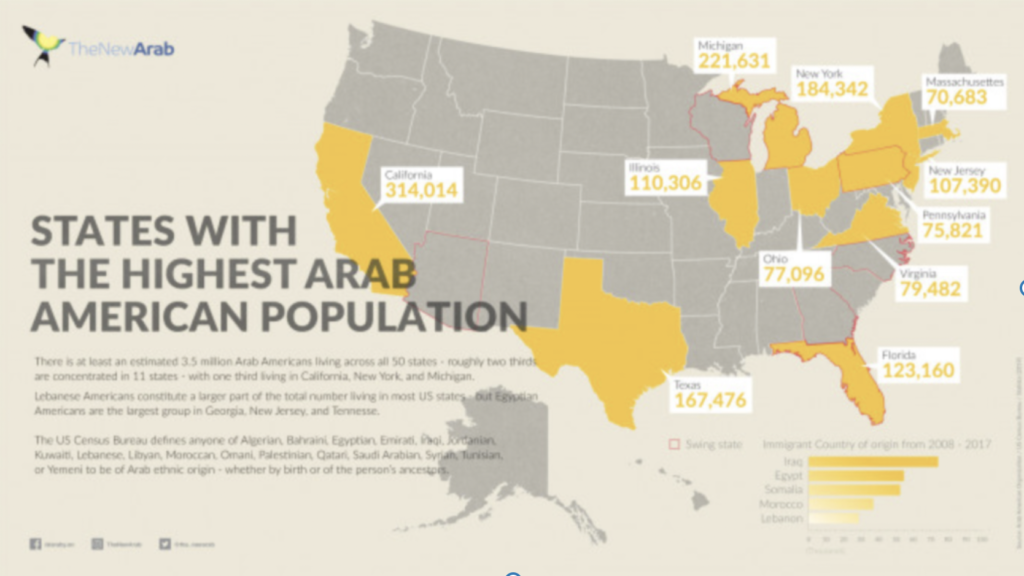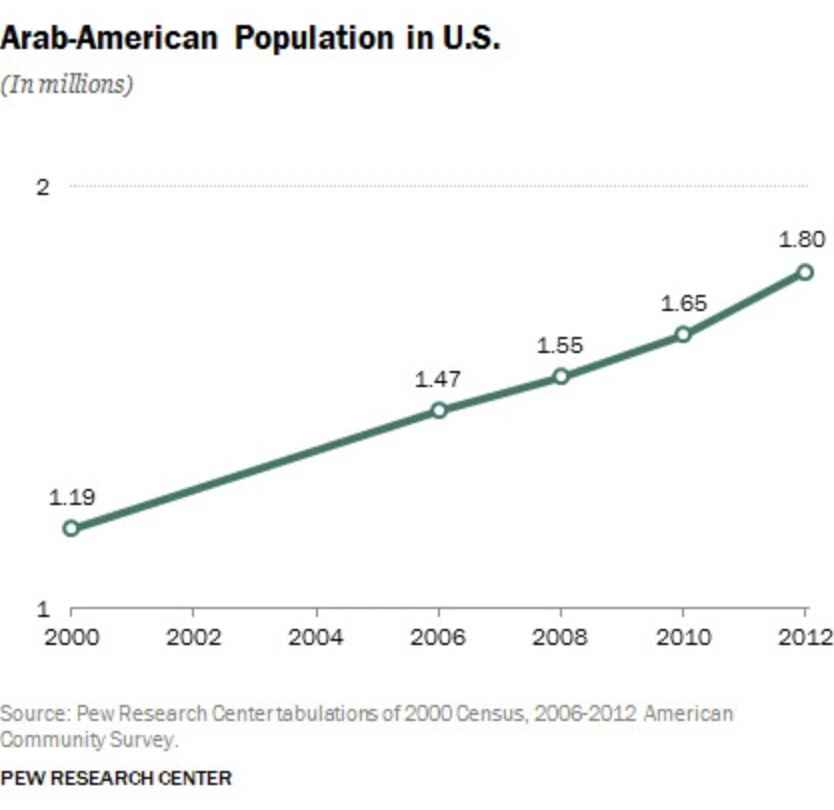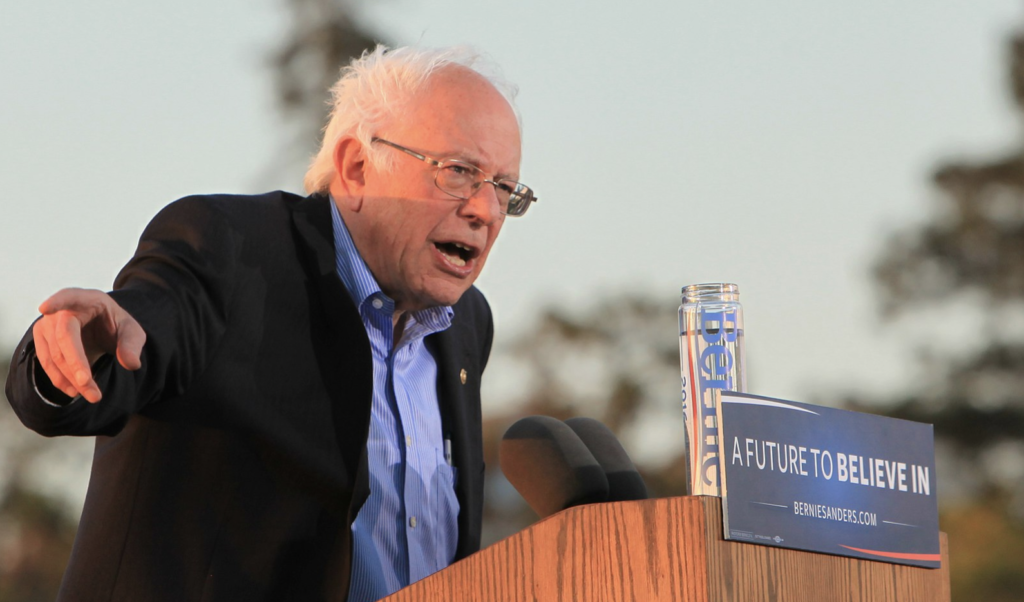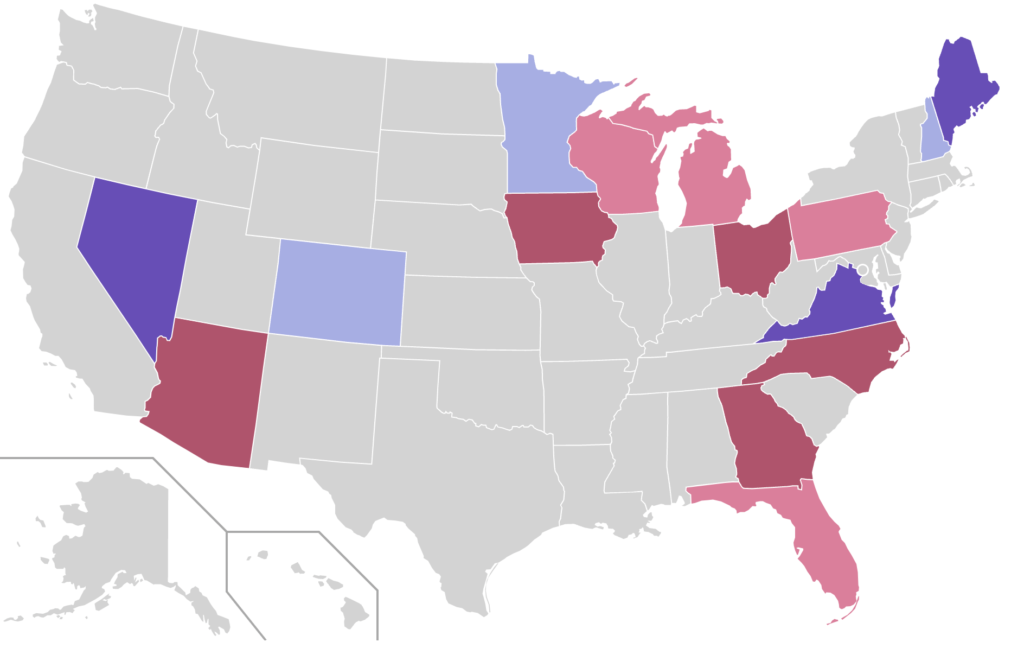The Importance of the Arab American Vote In U.S. Elections

By: Adam Abdel-Qader / Arab America Contributing Writer
The Arab American vote holds much more relevance in the U.S. elections than the average voter might think. After considering the Arab demographic within the United States, trends such as a growing population and concentration in crucial battleground states give validity to the influence of an Arab vote.

Population:
According to the Arab American Institute (AAI), there are roughly 3.7 million Arab Americans residing in the United States as of now, and the likelihood of that number being higher is relatively high; however, it is unofficial. Since federal minority standards do not officially realize Arab Americans, population estimates of the Arab American community throughout the U.S. are tough to determine and most likely underrepresented in the census.
While 3.7 million may seem like a small percentage of the overall population in the United States, their influence can be highly pivotal in close races, as the concentration of Arab voters tends to be in swing states.
California, New York, and Michigan hold the largest concentrations of Arab Americans within the country. In these crucial battleground states during election time, their votes can sway tightly contested elections. For instance, California has an estimated 800,000 Arab Americans, while New York and Michigan have around 200,000 each.
Notably, voter turnout among Arab Americans has been historically heightened in comparison to other minorities in the United States, hitting numbers of over 80 percent turnout in past elections. The Arab American initiative, “Yalla Vote,” is genuinely reaching the masses of Arabs in the United States.

Battleground States:
A prominent example that showcased the influence of Arab American voters took place in the 2016 Democratic Primaries. Candidate Bernie Sanders won the hearts of Arab Americans in Dearborn, Michigan, one of the largest Arab populations in America. Subsequently, he won the state of Michigan over Hilary Clinton, although he had been trailing in the polls by a significant point differential of 21.4 points before the primary occurred.
Sanders’s victory was attributed to his campaign’s grassroots support within the local community and his stance on issues relevant to Arab Americans, such as immigration reform and social justice initiatives. This was the perfect example of how effective the Arab voting population could be when mobilized effectively.

The 2024 Election cycle:
Looking forward to the 2024 election cycle calls for educating potential candidates across party lines on how to recognize and address concerns specific to Arab Americans to engage the efficiency of its voting bloc. Many critical issues resonate with this voting bloc. While these are not all, they include civil liberties, immigration policy reform, education improvements, healthcare affordability, and foreign policy stances towards the Middle East.
Another aspect worth mentioning is the large number of first-generation Arab immigrants that constitute a considerable portion of the Arab demographic. In other words, there are significant portions of the Arab voting population that might not be fully integrated into American society or politics yet. Suppose campaigns work harder to reach out and engage these eligible yet most likely inactive voters by providing information on electoral processes, platforms, and candidates. In that case, there will be an even more excellent turnout from the Arab American population. Potential strategies such as community outreach events or partnering with local organizations with strong ties within the Arab American community can be effective.
Regarding Arabs playing roles in representative politics, political parties should promote diversity and inclusiveness on both sides of the spectrum to encourage Arab Americans to run for public office. As we saw during the 2018 mid-term elections, there was an increase in the number of Arab Americans that ran for Congress. Congresswoman Rashida Tlaib and Congresswoman Ilhan Omar were ultimately elected. More Arab American representatives will help address issues specific to their communities and contribute towards a more diverse government that better reflects the United States’ multicultural society.
Conclusion:
In the end, recognizing and appreciating the significance of Arab American voters will enhance a fairer democracy that serves all citizens effectively rather than most.
It is indisputable that the Arab American vote carries significant weight. With a steadily increasing population and above-average participation in elections, they are an important demographic group for future U.S. candidates to win over. In the coming 2024 election, it will be vital for political campaigns to take note of this trend while crafting election strategies to secure victory in tight races across battleground states. Politicians running for office will undoubtedly reap the rewards of Arab American support if they show genuine interest in their issues and build relationships within the community.
Check out Arab America’s blog here!








